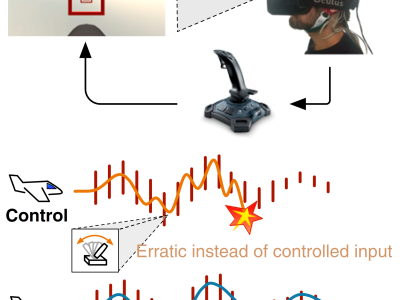
Our state of arousal can significantly affect our ability to make optimal decisions, judgments, and actions in real-world dynamic environments. The Yerkes-Dodson law, which posits an inverse-U relationship between arousal and task performance, suggests that there is a state of arousal that is optimal for behavioral performance in a given task. Here we show that we can use on-line neurofeedback to shift an individual's arousal from the right side of the Yerkes-Dodson curve to the left toward a state of improved performance.
- Categories:
